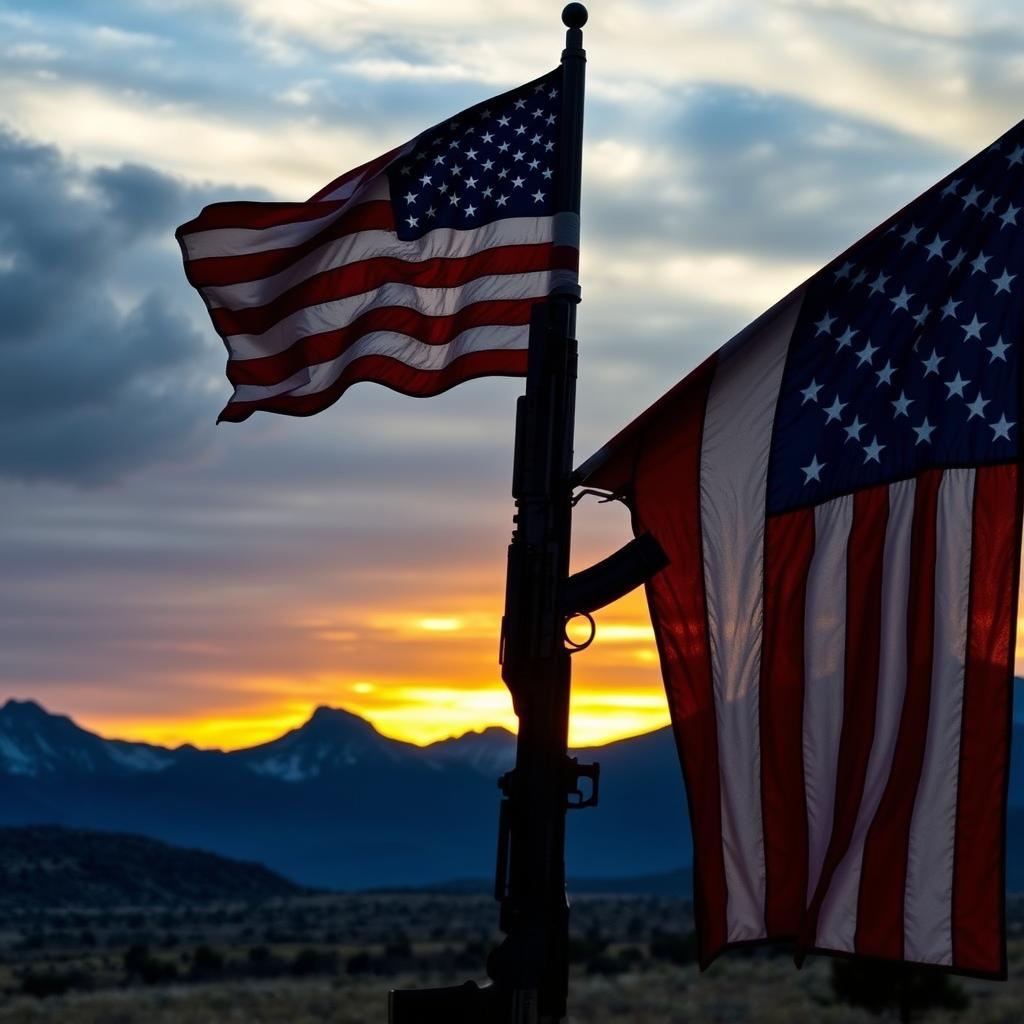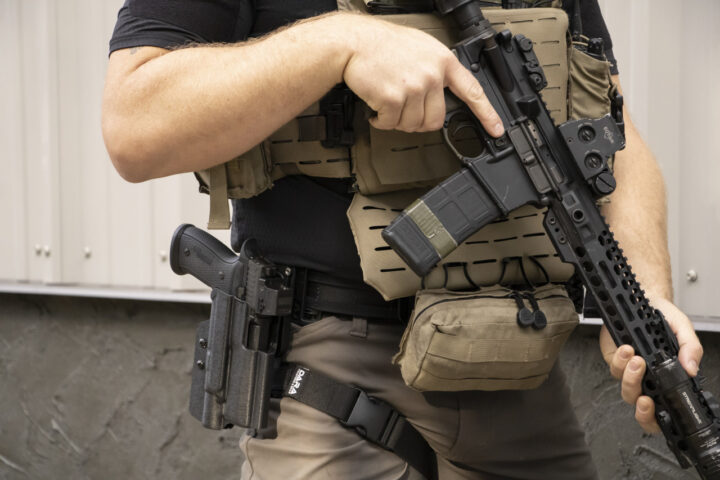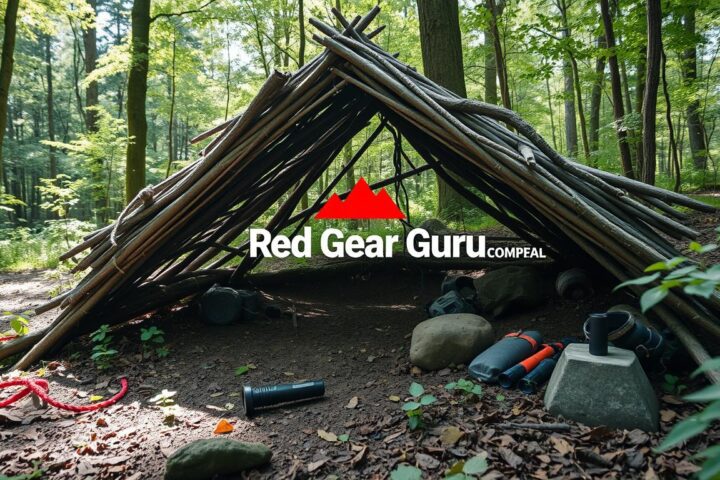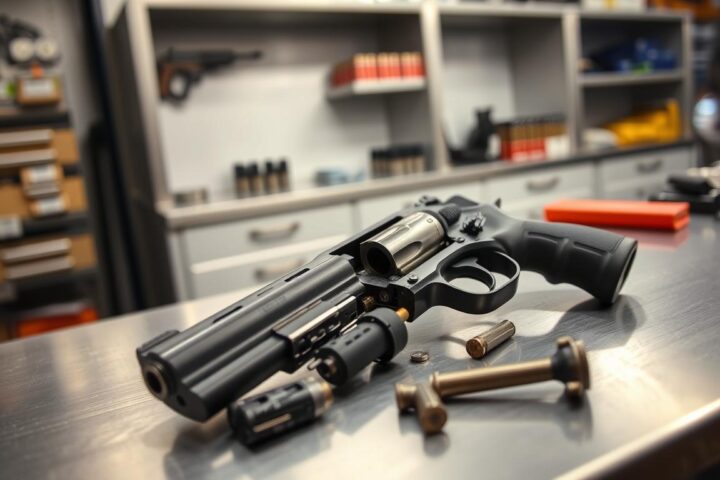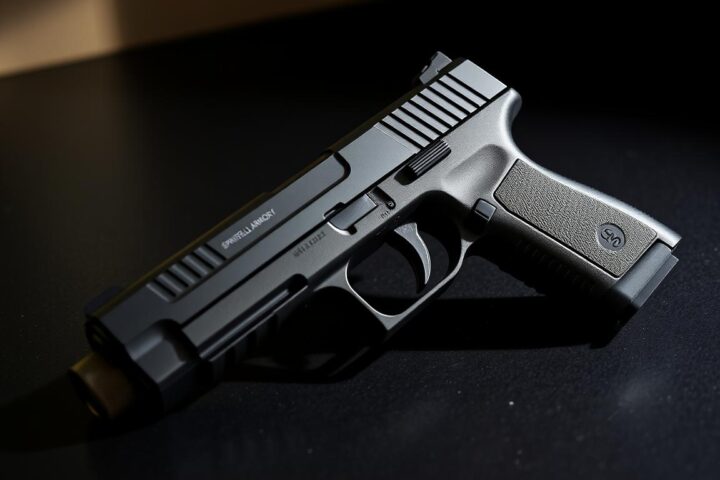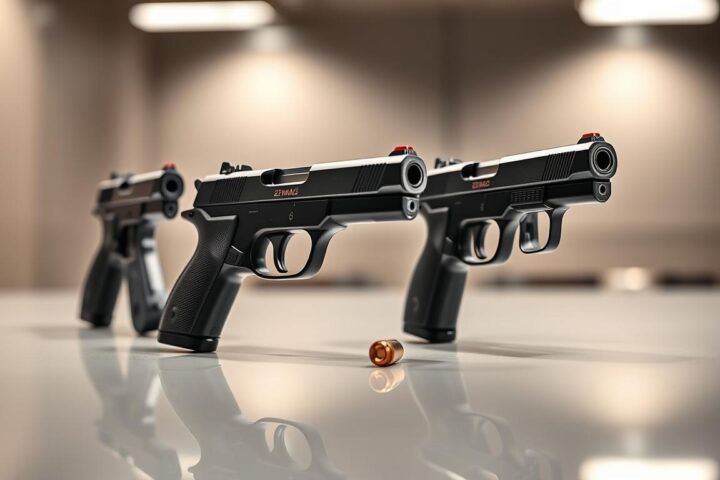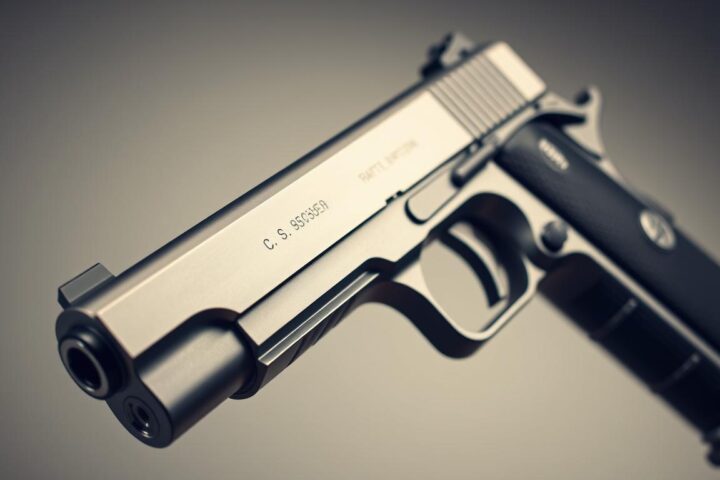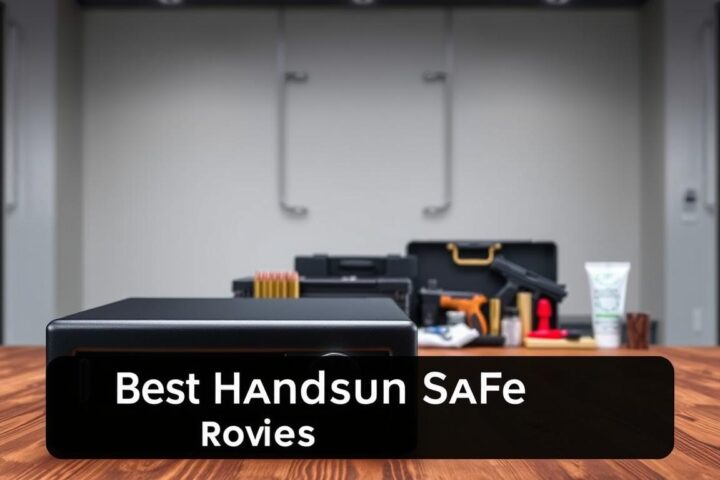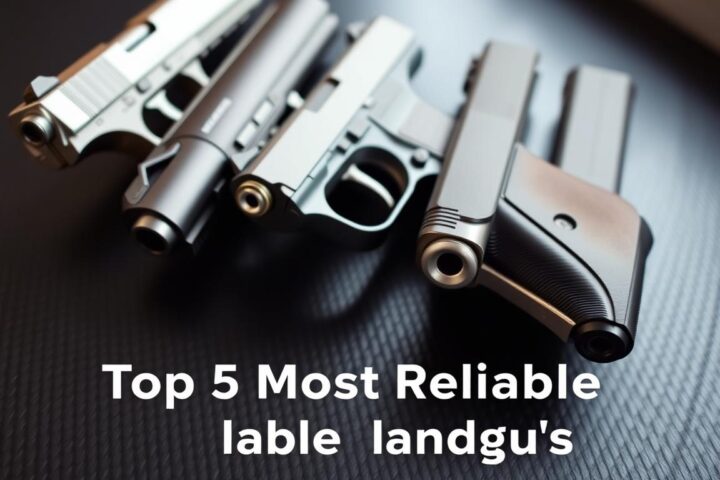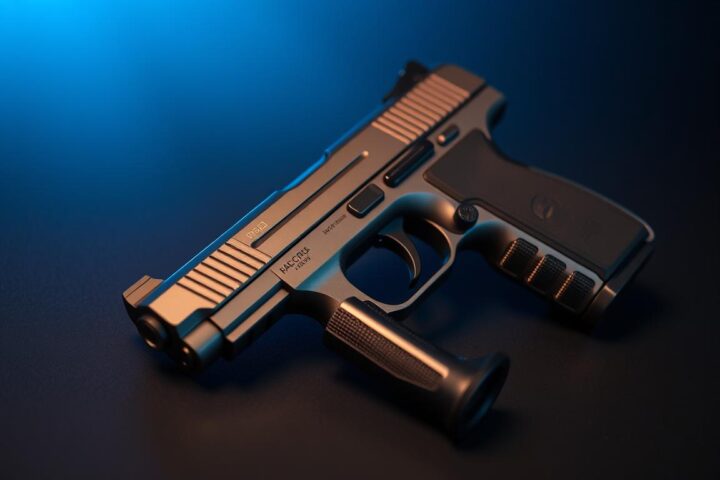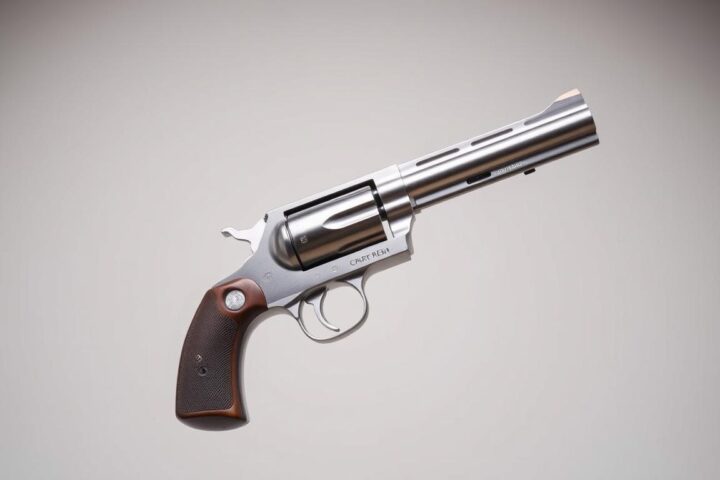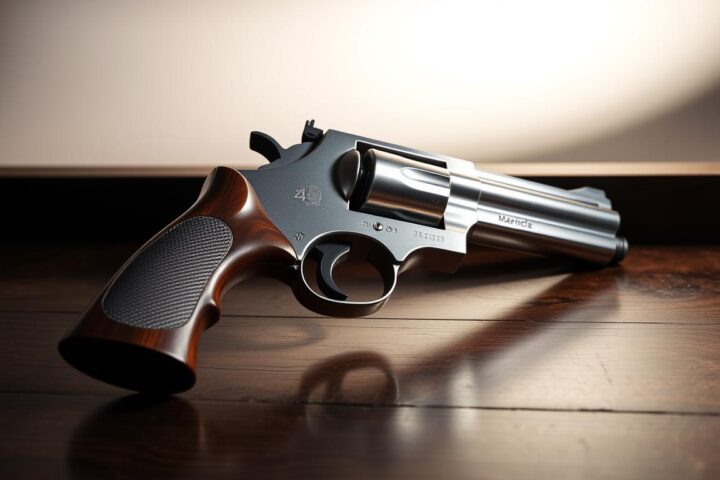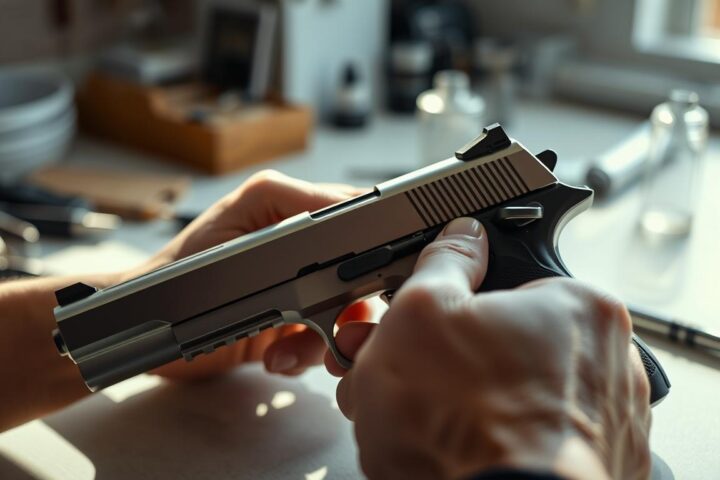Did you know 21% of Americans think their gun rights are under attack? This shows how big the fight over gun laws is in different states. Knowing which states limit gun rights the most is key for anyone wanting to protect their Second Amendment rights.
In the U.S., laws about guns vary a lot from state to state. Federal laws set a basic standard, but states add more rules. This can really affect how much you can use your Second Amendment rights. This article will look at the five states seen as biggest hurdles to these rights. We’ll explore why they have these rules and how they affect gun owners.
Key Takeaways
- The Second Amendment was ratified in 1791, aiming to protect individual firearm rights.
- Recent surveys indicate that a significant portion of the American public feels their rights are under threat, especially concerning gun ownership.
- Variations in state regulations complicate the national landscape of gun rights.
- Understanding state gun laws is essential for advocating and preserving these constitutional rights.
- Ongoing legal challenges reflect the ongoing debate over firearm regulations across various states.
Introduction to Second Amendment Rights
The Second Amendment to the US Constitution was ratified on December 15, 1791. It gives citizens the right to bear arms. This right is at the heart of debates on gun control and public safety.
Understanding the Second Amendment today involves looking at its history. It comes from the English Bill of Rights in 1689. This bill allowed Protestant citizens to defend themselves.
Supreme Court decisions have greatly influenced how we see the Second Amendment. In District of Columbia v. Heller (2008), the Court ruled that individuals have the right to own guns. This decision overturned a handgun ban in Washington D.C.
Two years later, McDonald v. City of Chicago made it clear that these rights apply to state laws too. This means local governments must respect the Second Amendment as well.
The debate on the Second Amendment is ongoing. Some believe the right to bear arms is absolute. Others think there should be rules to make society safer.
Recent cases, like New York State Rifle & Pistol Association v. Bruen (2022), show the fine line between personal freedom and government control. Grasping these nuances is key to understanding the Second Amendment in today’s world.
The Impact of Gun Control Laws on Second Amendment Rights
The debate over the second amendment centers on gun control laws. Supporters say stricter rules help keep communities safer by lowering gun violence. Studies show that states with tough gun laws see fewer gun-related deaths, sparking important discussions about safety and rights.
Between 2008 and 2022, the number of guns in the U.S. jumped from 304 million to 393 million. During the same time, gun deaths rose from 31,593 to 45,247. This increase worries many about the success of current gun laws in stopping violence.
Advocates for gun control point to research by groups like Everytown for Gun Safety. They show that laws keeping guns away from dangerous people make society safer. The Supreme Court’s decision in District of Columbia v. Heller also plays a role, making the debate more complex.
Groups like the NRA argue that gun control laws harm second amendment rights. Yet, courts have ruled that many gun safety laws are constitutional. This shows a growing acceptance of the need for laws to combat rising gun violence. The key is finding laws that protect both rights and safety.
California: A Leader in Gun Regulation
California is known for its strict gun laws, making it a leader in gun regulation. The state has a gun death rate 43% lower than the national average. This shows how effective its gun laws are in reducing gun violence.
Over the last decade, California’s gun laws have saved about 19,000 lives. This highlights the state’s commitment to ensuring responsible firearm ownership. It also shows a big drop in gun-related deaths.
The state has an 11 percent excise tax on firearms and ammunition, thanks to AB 28. This tax raises around $160 million each year. It helps fund public safety and programs.
California Governor Gavin Newsom wants to make background checks universal. He also wants to raise the minimum age to buy guns and ban assault weapons. These plans aim to make the state safer, but they face opposition from some groups.
Many Californians support these measures, but gun rights advocates question their effectiveness and legality. Recent court decisions have found some laws unconstitutional. This has sparked debates about safety and Second Amendment rights.
Despite these challenges, California has seen a significant drop in gun-related deaths since the early 1990s. The state has cut its gun death rate in half over that time.
California’s efforts show that strict gun laws can help reduce violence and promote responsible gun ownership. However, the debate on gun control is complex. For more on the Second Amendment and militias, click here.
New York: Stricter Regulations and Their Effects
New York has some of the toughest gun laws in the U.S. The New York gun laws have gotten a lot of attention lately. This is especially true after many mass shootings.
The state wants to keep people safe, so it has strict rules on carrying guns and owning assault weapons. Gun rights supporters say these laws go too far and limit their Second Amendment rights.
Many New Yorkers are worried about rising crime. A Siena College poll found that 64% see violent crime as a big problem. With more NYPD officers leaving, people are looking into owning guns for self-defense.
The state has passed laws in response to these concerns. For example, Senate Bill S51001 will start on September 1, 2022. It makes it harder to get a concealed carry permit by requiring a safety course and recertification every three years.
There are also rules on where you can carry a gun, especially in sensitive places. The debate over gun control in New York is still very heated.
Illinois: The Struggle for Firearm Ownership
Illinois gun laws are very complex. The Illinois Constitution says people have the right to own guns. But, there are rules that make owning a gun tricky.
In 1982, a big case, Quilici v. Village of Morton Grove, allowed local areas to ban handguns. The court said owning a gun is a right, but it’s not unlimited. This means cities can make laws to keep people safe from guns.
Later, in Kalodimos v. Village of Morton Grove, the court agreed with this idea. It said Illinois can control guns because of public safety. This has led to stricter laws, like a ban on certain rifles, making owning a gun harder.
Governor Pritzker has made new rules, like banning “ghost guns” and checking backgrounds more. These steps show the fight for gun rights in Illinois. People are trying to own guns responsibly while facing tough laws.
Local and state groups are working with experts to prevent gun violence. Knowing Illinois gun laws well is key for anyone who wants to own a gun.
Washington: Recent Legislative Changes Impacting Gun Rights
Washington has seen big changes in gun laws lately. These changes focus on assault weapons and who can buy guns. They reflect a national trend to make gun laws stricter.
A key change is banning new assault weapons. This was done to make people safer and reduce gun violence.
Those who support these changes say they make communities safer. They point to past shootings as reasons. But, others see these laws as a threat to their Second Amendment rights.
For example, Washington’s I-1639 makes it harder for young people to buy assault weapons. It has faced legal fights but still stands.
Before, Washington passed I-594, which requires background checks for all gun sales. This shows the state’s commitment to gun control. Gun lobby groups have tried to challenge these laws but lost in court.
The Washington Attorney General’s Office has helped defend these laws. Cases like Northwest School of Safety v. Ferguson show the ongoing fight over gun laws.

The state Supreme Court is set to decide on high-capacity magazines soon. This shows how gun laws are always changing. The debate is about keeping people safe while respecting gun rights.
It’s important for Washington residents to know their rights. Understanding new laws helps people join the conversation on gun ownership. Learn more about the Second Amendment here.
New Jersey: Complicated Second Amendment Landscape
New Jersey’s gun laws are complex, causing confusion and frustration. The U.S. Supreme Court’s ruling in New York State Rifle & Pistol Association v. Bruen changed things. Now, New Jersey can’t enforce its “justifiable need” requirement anymore.
Despite this change, the state’s laws are still strict. Many new rules make it hard to get a carry permit.
From July to December 2022, the New Jersey courts got 11,298 carry permit applications. Over 800 were still waiting by the end of February. With the Bruen decision, about 200,000 more applicants are expected.
Local police now handle these applications. This can cause delays and uneven checks.
To get a carry permit, you must take several courses. This includes a shooting range class and a course on safe firearm use. There’s a 30-day wait between applying for a purchase permit.
There are also over 60 judicial vacancies in New Jersey. This means big delays in processing applications.
Legal challenges keep coming as second amendment advocates fight for change. They want online permit applications to ease the burden. Governor Murphy’s Executive Order 299 and other laws try to limit the Bruen decision’s impact.
But, these efforts have been criticized. Critics say they unfairly target responsible gun owners. The battle between state laws and constitutional rights will keep New Jersey’s second amendment landscape complex.
Massachusetts: Progressive Gun Control Initiatives
Massachusetts is known for its strong gun control laws aimed at keeping people safe. It ranks 4th in the country, with an A- rating for its gun laws. This places it just behind California, New Jersey, and Connecticut. The state has banned assault weapons, showing its dedication to gun safety.
To own a gun in Massachusetts, you need a license. There are two types: the Firearms Identification Card and the License to Carry. All gun sales, even private ones, must be reported to the Firearms Records Bureau. This helps keep track of guns and ensures safety.
The state also requires gun dealers to be licensed and guns to have safety locks. Shot suppressors are banned, showing Massachusetts’ strict gun laws. Since July 2018, authorities can take guns from people who might harm themselves or others. This is part of the state’s efforts to keep communities safe.
Massachusetts has fewer gun-related deaths than many states. Yet, there’s a push for even more safety measures. Representative Seth Moulton wants to help communities hurt by gun violence. He supports universal background checks and banning assault weapons. Moulton also wants to fund research to find out why gun violence happens, helping to make Massachusetts a leader in gun safety.
National Trends in Gun Ownership and State Regulations
The way people own guns in the U.S. is shaped by many factors. A June 2023 Pew Research Center survey found that 32% of adults own a gun themselves. Another 10% say someone in their home has a gun.
Gun ownership varies by politics and demographics. For example, 45% of Republicans own guns, compared to 20% of Democrats. Men are more likely to own guns, with 40% saying they do, while 25% of women own guns.
Gun ownership also differs by race and ethnicity. For example, 38% of White Americans own guns, while only 24% of Black Americans do. This shows that people have different views on gun laws in their states.

Many people think it’s too easy to get a gun legally, with 61% agreeing. Also, 58% want stricter gun laws. Yet, nearly half of Americans still think owning guns is important.
With more gun violence, especially during the pandemic, people are talking more about gun laws. Gun laws vary a lot from state to state. Finding a balance between gun rights and safety is a big challenge for the U.S. For more on gun laws and the Second Amendment, visit latest updates on gun laws.
The Role of the National Rifle Association (NRA) in Gun Rights Advocacy
The National Rifle Association was founded in 1871 by veterans. It started with a focus on marksmanship and safety. Now, it’s a strong voice for Second Amendment rights.
The NRA runs educational programs and grassroots efforts. It also lobbies to shape public policy and politics.
The NRA’s first president was Gen. Ambrose Burnside. It has grown, reaching over 28 million kids with its Eddie Eagle Program since 1988. Today, it has nearly five million members, shaping the gun rights conversation.
The NRA has faced criticism after mass shootings. In 2021, it spent $4.2 million on lobbying. This shows its dedication to protecting gun rights.
The NRA’s efforts influence laws and support for gun-friendly candidates. It has given over $140 million to such candidates since 2010. The NRA grades politicians on gun rights, affecting their alliances.
The NRA Foundation was started in 1990. It raises millions for educational and safety projects. Despite legal challenges, the NRA keeps advocating for gun rights. Learn more about the NRA’s role in gun rights here.
Rising Gun Violence: Correlation with Gun Control Legislation
In recent years, gun violence has risen sharply in the United States. This increase has led to heated debates about gun control laws. Studies show a strong connection between strict gun laws and lower gun death rates in states.
Research found that states with strict gun laws have fewer gun-related injuries. Over 1.2 million patients were analyzed, showing SFL states had 1.3 injuries per 1,000 trauma patients. Non-SFL states had 2.1 injuries, a significant difference. This shows how gun laws can greatly affect safety.
Also, SFL states saw a 28% drop in gun-related injuries compared to Non-SFL states. This proves stricter laws lead to fewer gun-related harms. It highlights the need for stronger gun control to fight rising gun violence.
Firearm deaths led to nearly 10,000 lost life years, mainly in states with weak gun laws. The study shows that softer gun laws lead to more deaths. This puts many lives at risk.
Conclusion
The debate on second amendment rights is getting more intense. Different states have their own rules, showing a big gap in how freedom is seen and handled. Places like California, New York, and New Jersey have strict gun laws. These laws often go against what the Supreme Court has said in cases like District of Columbia v. Heller and McDonald v. Chicago.
These court decisions highlight the right to defend oneself, shaping today’s gun control talks.
As people deal with a mix of laws, staying informed is key. The Supreme Court’s recent decision in New York State Rifle & Pistol Association v. Bruen shows a shift in how the Second Amendment is viewed. This could change gun laws in the future. Supporters of gun rights want to keep personal freedoms while also keeping communities safe.
This balance is hard to keep but very important.
In short, the future of second amendment rights depends on ongoing talks about rules and freedom. It’s important for people to get involved in these discussions. This way, they can make sure their voices are heard. It helps everyone understand how gun laws affect both personal rights and safety in communities.
